Next steps taken for Thomson PUD as potential site of new Monroe County jail




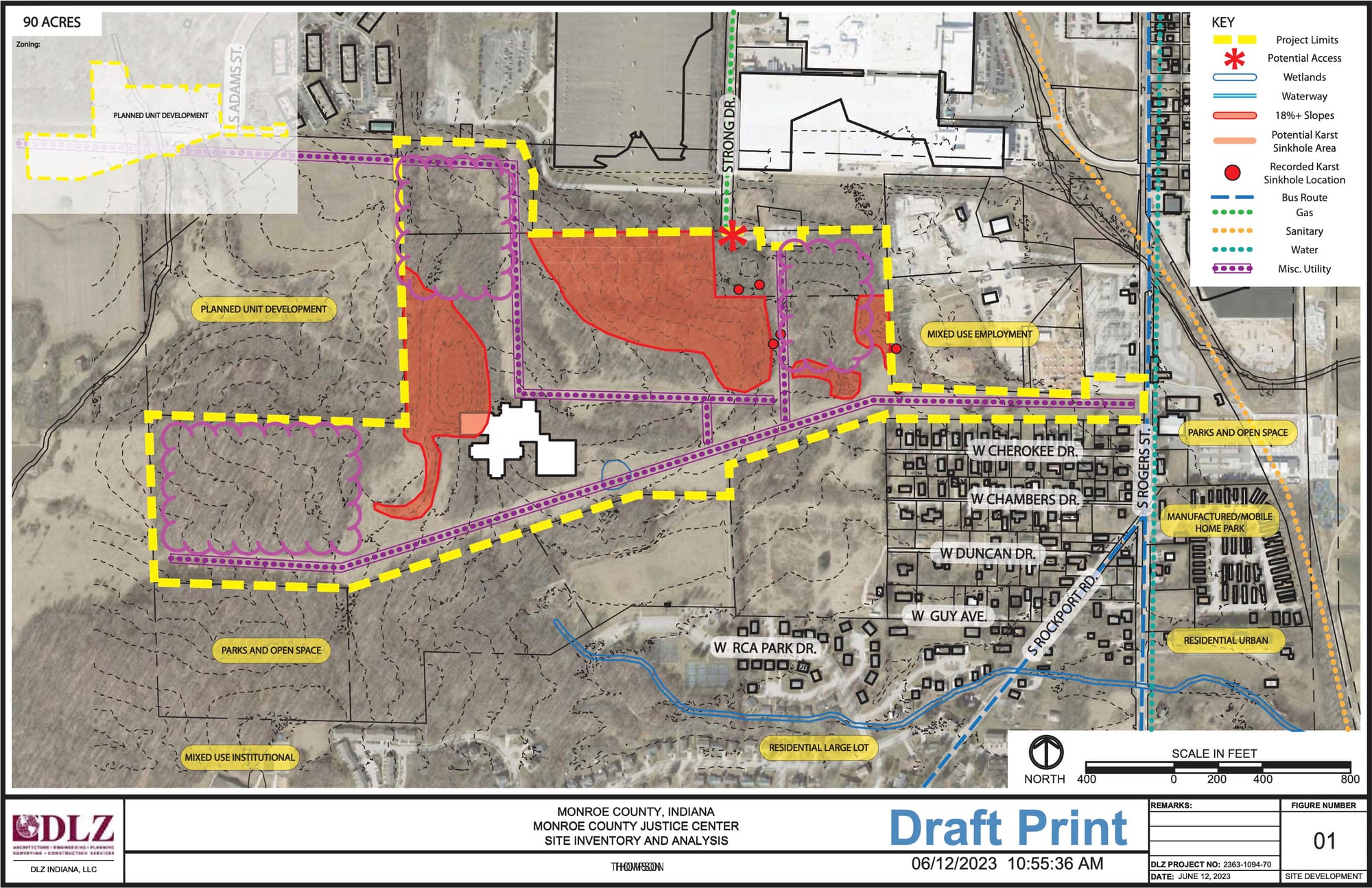
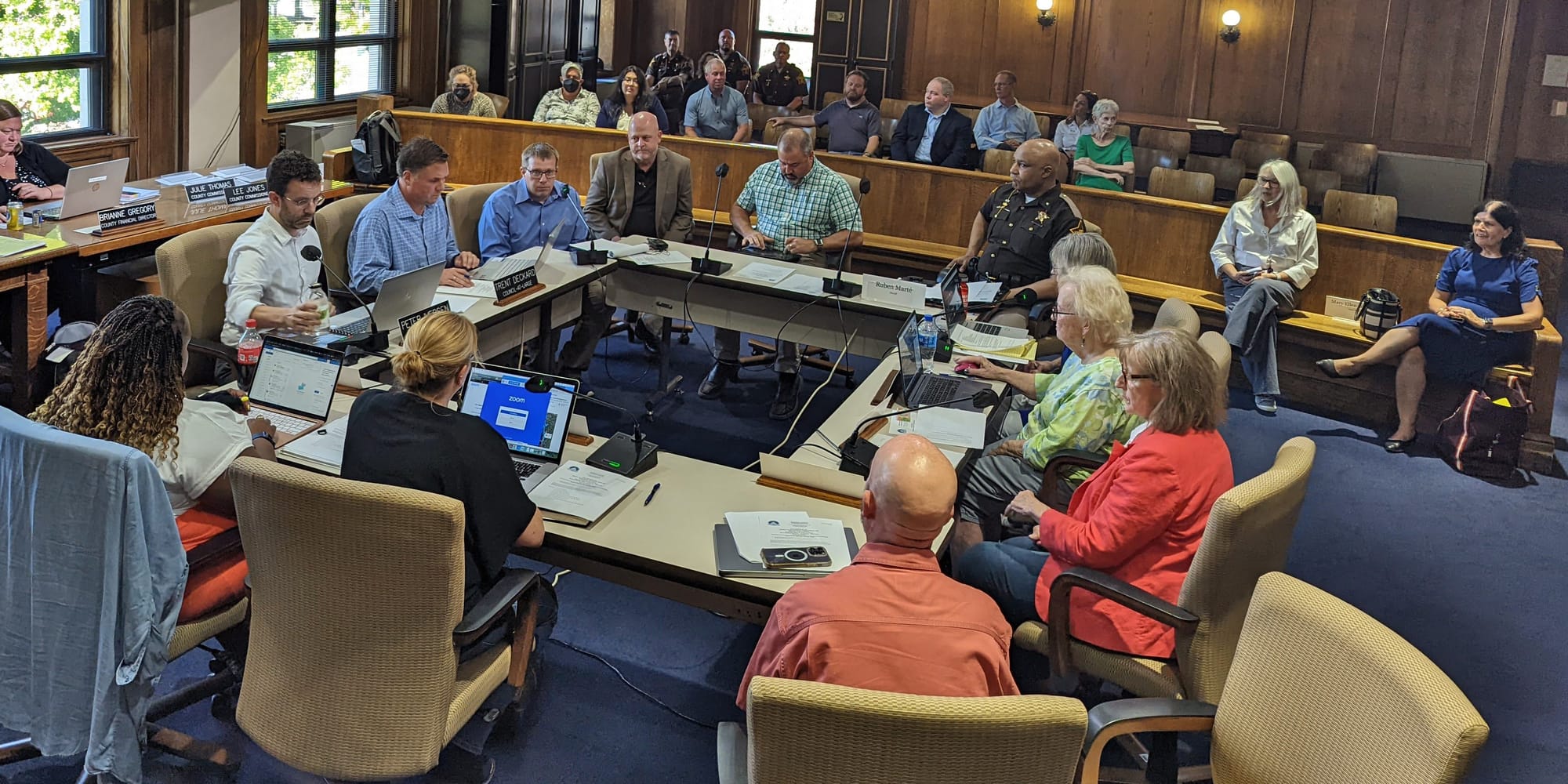
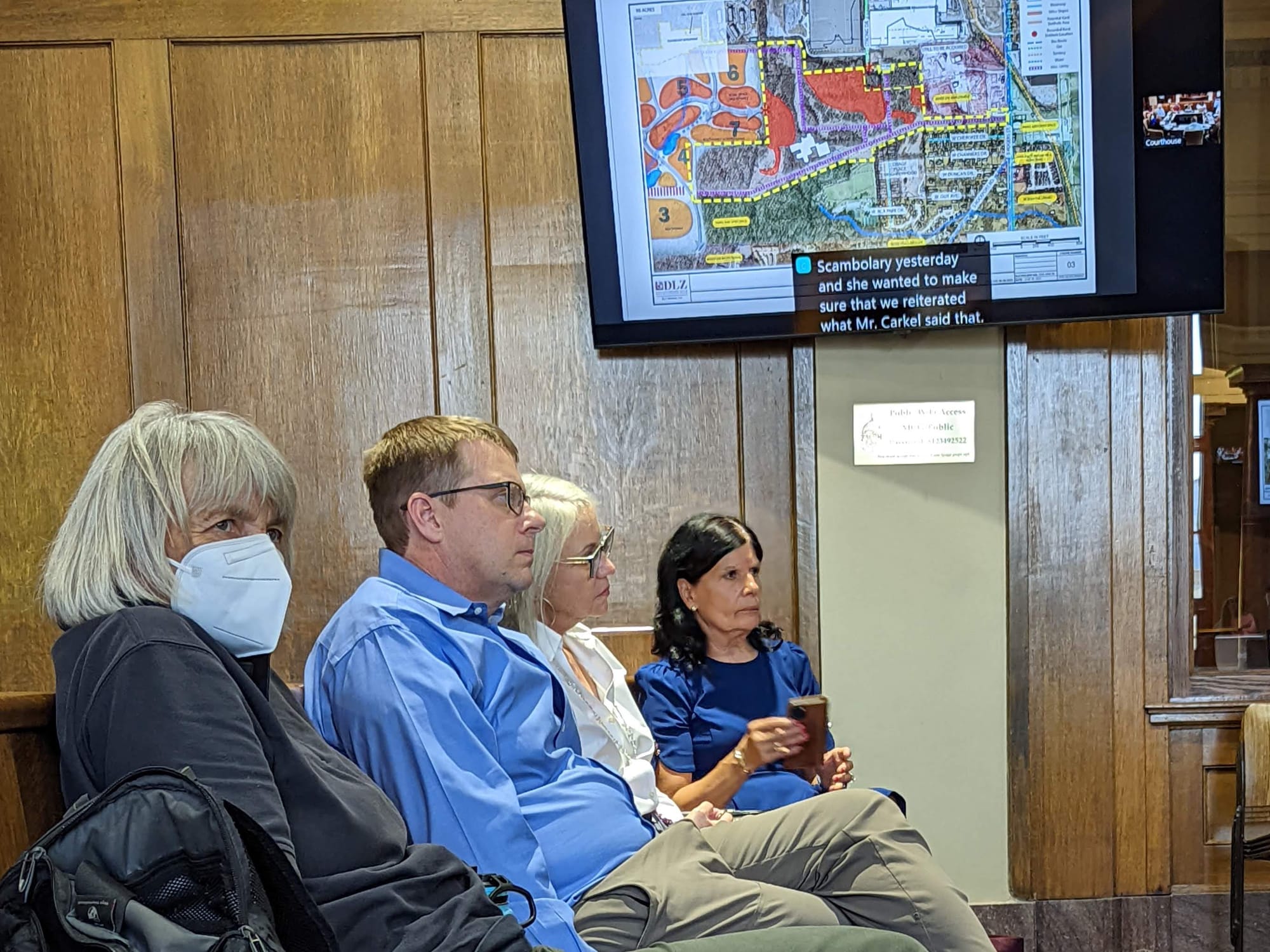
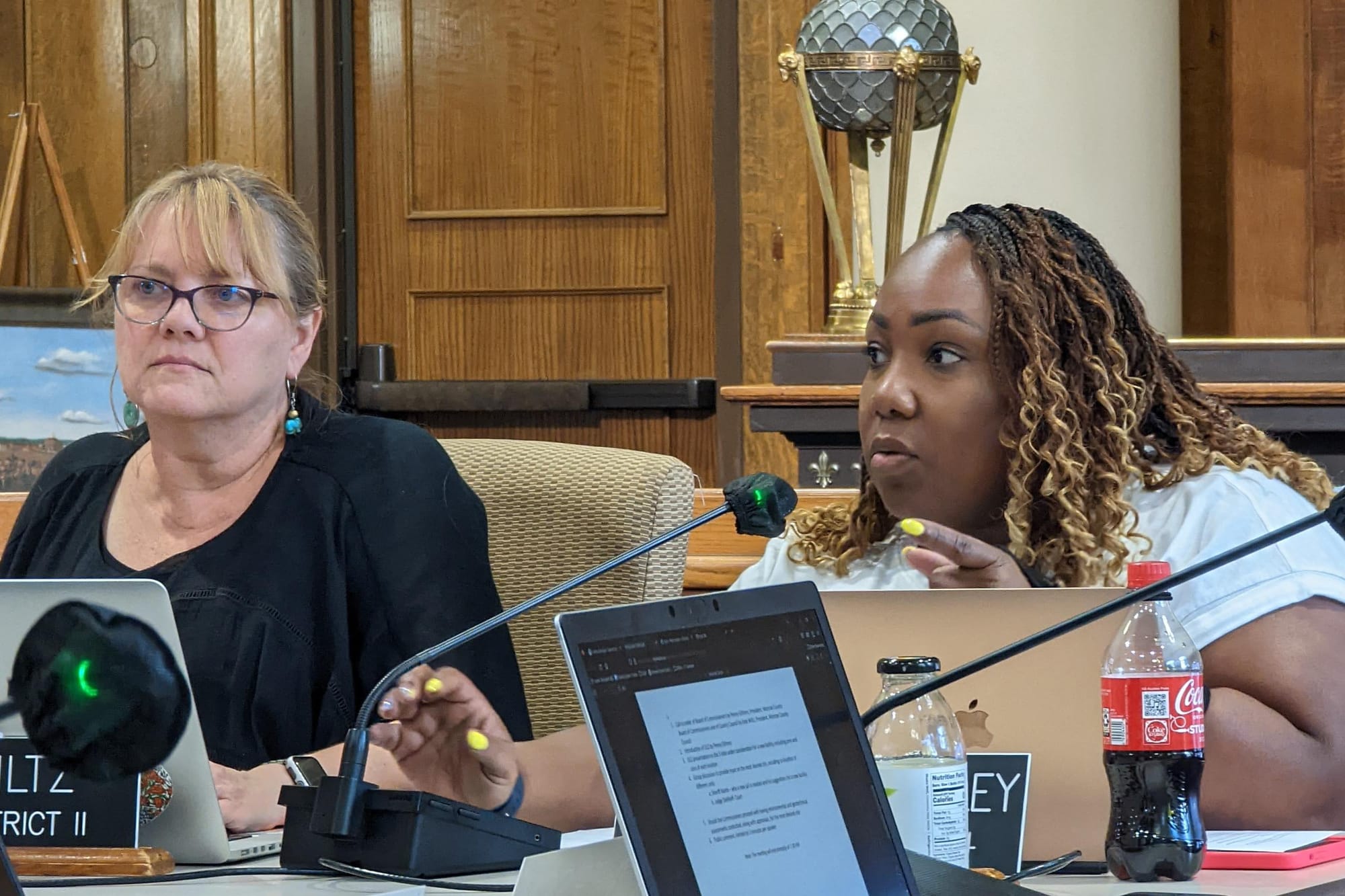
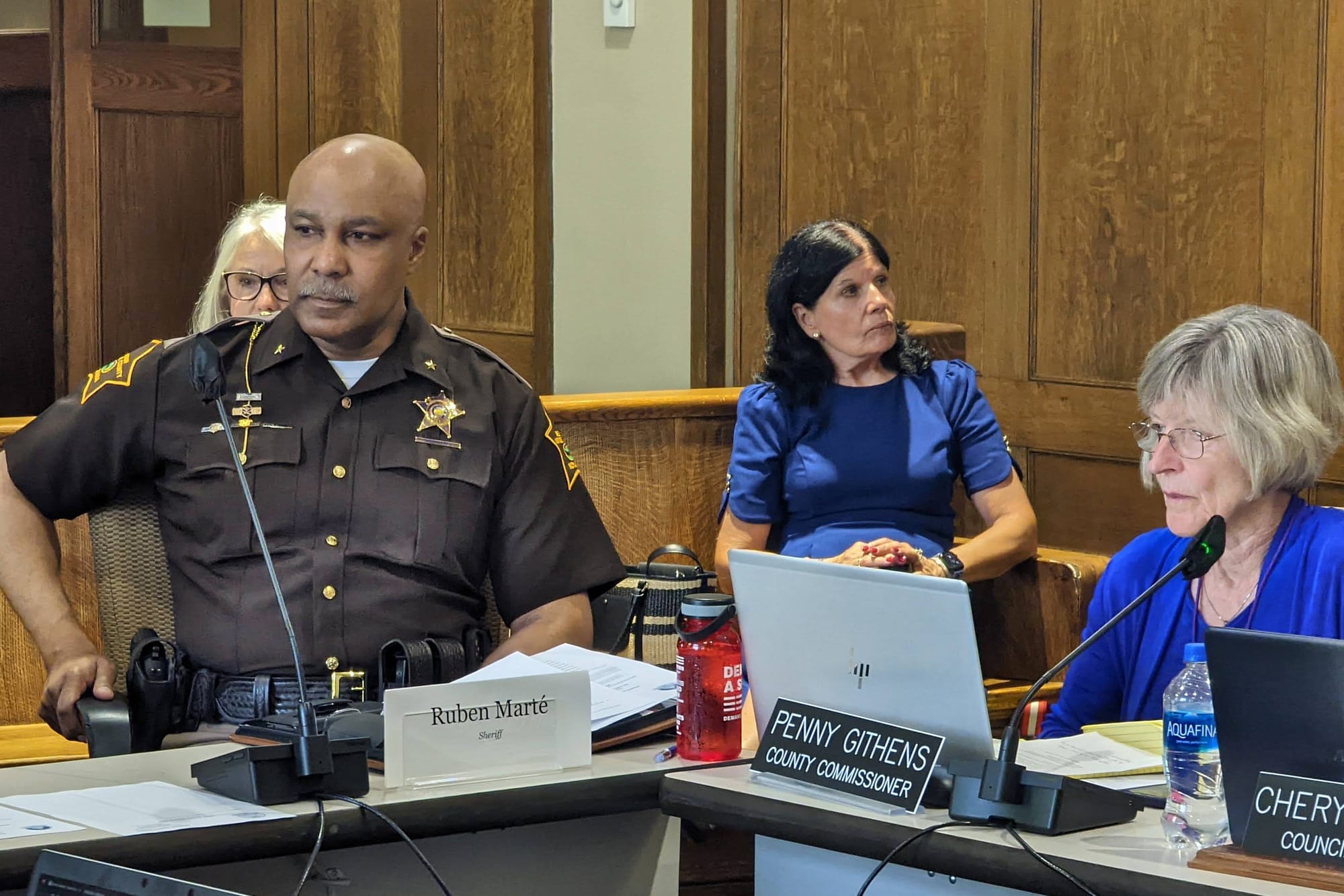
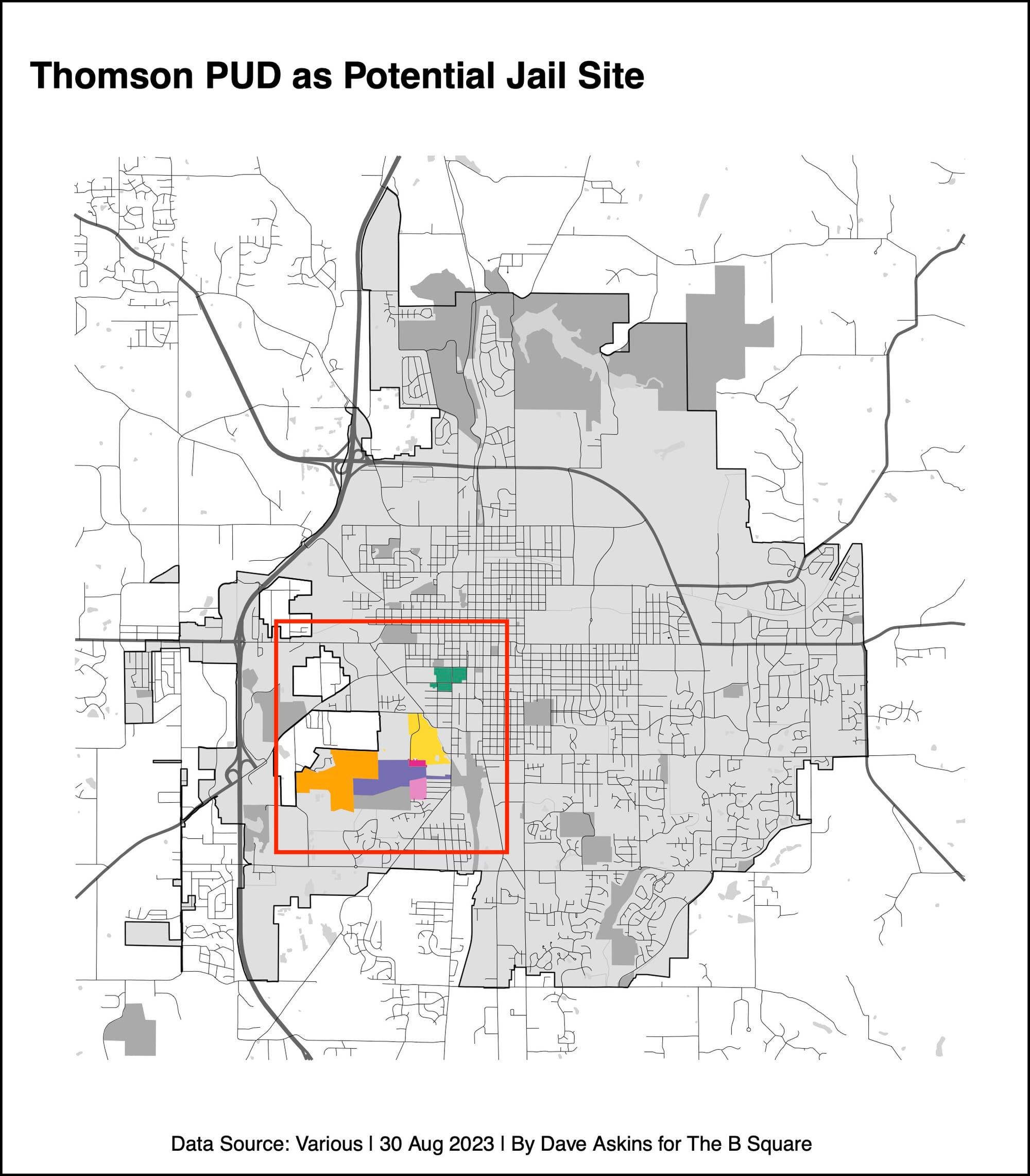
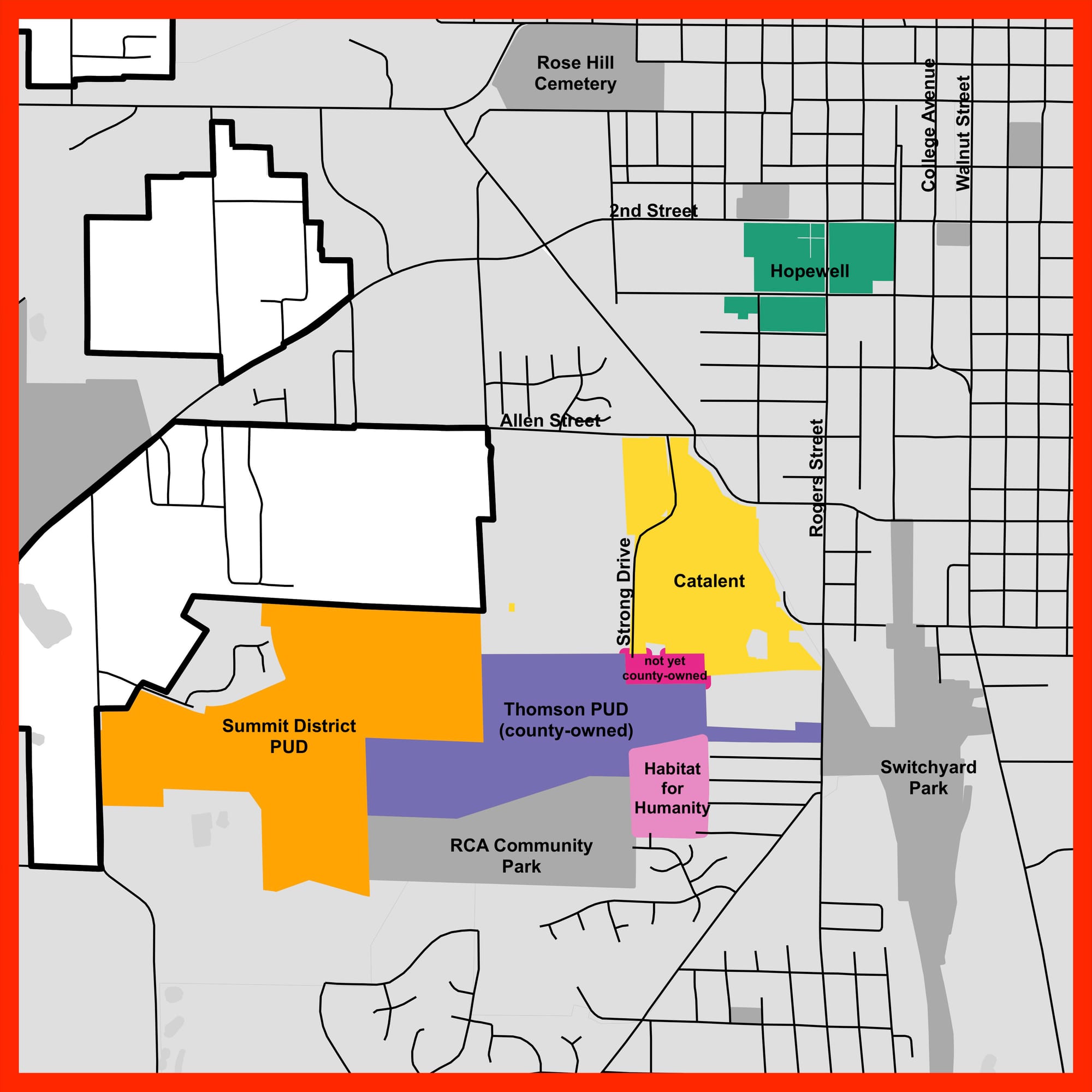
The consensus was pretty clear among county officials who met on Tuesday at the county courthouse: They want to take steps towards making the Thomson PUD the site of the county’s new correctional facility.
The Thomson PUD is the county-owned property west of Rogers Street and south of Catalent.
Those next steps include doing a geotechnical analysis of the property, starting conversations with Bloomington’s planning department about zoning requirements, and talking to immediate neighbors.
Next steps also include getting an appraisal done on some land that the county does not own.
The land not yet owned by the county government is wedged between the Thomson PUD and Catalent along Strong Drive, which would be one of the access points to the new jail.
Tuesday’s gathering was a publicly noticed meeting of the county council and the county commissioners, but no formal votes were taken on a decision about the Thomson PUD property. Several other officials had been invited.
On Tuesday, three other possibilities for a new jail site, besides the Thomson property, were reviewed for the group by Jeff Hirsch and Scott Carnegie with DLZ. That’s the design-build firm the county has selected for the jail project.
One of the other sites was the planned new Hopewell neighborhood, which is to be built where the IU Health hospital previously stood, at 2nd and Rogers streets. The idea of allocating some of the Hopewell area to a new jail, instead of new housing, did not resonate at all with city councilmembers at their Aug. 11 work session.
One plus for the Hopewell site is the fact that it is inside the city limits and centrally located near existing services.
The other two potential sites are not inside the city limits, and had previously been described as only somewhere in the I-69 corridor. Their specific locations were unveiled at Tuesday’s meeting. One is to the south of Arlington Road and SR 46, and the other is a site to the south of Monroe Hospital. Neither of those sites appeared to have any traction with meeting attendees.
The Thomson PUD land was originally purchased by the county government in 2002 for $1.261 million with an eye towards constructing a juvenile justice facility there. That construction never happened.
More recently, the land was the subject of an agreement between the county commissioners and Catalent. Under the agreement, approved by commissioners in March 2022, for two years, Monroe County government has to negotiate with Catalent first, before improving the property or selling it to someone other than Catalent.
But under the terms of the resolution, Catalent has to be making sufficient progress towards its planned investments in connection with a tax abatement granted by the city of Bloomington. That seems like it’s an open question. In any case, the clock on that agreement has just seven more months to run.
Speaking against the Thomson PUD site was Habitat for Humanity CEO Wendi Goodlett, who pointed to the Osage Place development that broke ground in June of 2021.
Osage Place is located on the southeastern edge of the Thomson site. Goodlett told the group that when Osage Place is built out, there will be 69 taxpaying families living in their communities. She noted that all Habitat families are members of one or more marginalized populations—because of their income, the type of job they hold, their level of education, their race, their gender, their sexual orientation and or their nationality.
Goodlett said, “Building a jail on the Thompson property would once again marginalize the families that we have all worked so hard to lift up.” She continued, “It will marginalize the children who attend Summit Elementary. It will be a concrete daily reminder that they are vulnerable.”
She added, “We would not be having this conversation, if the county-owned was adjacent to a wealthy neighborhood.”
Goodlett’s remarks appeared to resonate at least somewhat with the decision makers in the room, even if they weren’t moved off their basic inclination in favor of the Thomson property as a place to build a new jail.
County councilor Jennifer Crossley said she wanted to make sure the immediate neighbors were heard, and that would mean going to meet with them where they are, not expecting them to attend a meeting at the county courthouse.
Monroe County sheriff Ruben Marté and Monroe County circuit court presiding judge Mary Ellen Diekhoff were two key voices in the room on Tuesday, which appeared to carry a lot of weight with the councilors and commissioners.
For Marté, the key point in favor of the Thomson property was that it offered enough space to run the various programs that are needed inside the jail, without having to stack the facility on multiple stories. A concern for the sheriff now is that if the elevator breaks down, it means carrying everything, like three meals a day, up and down the stairs.
Diekhoff told the group that for the judges, the biggest concern is for the courts to be co-located with the jail and to have the new correctional facility as close to support services as possible. The Thomson site appears to be the best option to be co-located in a place that is still close to service providers, Diekhoff said.
Several attendees indicated a sense of urgency to make some forward progress. Even if everything were to go forward smoothly at this point, Monroe County councilor Peter Iversen estimated a move-in date around 2028. “I think the sooner that we move forward, the better,” Iversen said.
With the location settled, it would be easier to estimate the square footage, Iversen said. Once the square footage is known, it will be easier to make an estimate of the cost for a correction facility, courts, and possibly a treatment facility.
Iversen is part of the county council’s three-member justice fiscal advisory committee (JFAC) that is supposed to adopt a recommendation on funding to the full council. The scheduled meeting date for adoption of the JFAC’s funding recommendation is Sept. 18.
At their Wednesday morning work session, county commissioners approved $19,100 worth of contracts that reflect the next steps that emerged out of the Tuesday meeting.
One agreement was with Vet Environmental ($4,750) for a Phase 1 environmental assessment and site reconnaissance for the Thomson property, as well as for the nearby parcel that is not yet owned by the county government.
A second agreement was with First Appraisal Group ($2,500) for an appraisal of the roughly 5-acre property that the county government will be looking to buy.
A third agreement was with Patriot Engineering ($11,850) for geotechnical engineering of the Thomson property.
The construction of a new jail, at a location different from the current one at College Avenue and 7th Street, is the county government’s response to the work of two consultants, delivered two years ago. The reports from the consultants concluded that the current county jail facility, at 7th Street and College Avenue, is failing to provide constitutional levels of care.



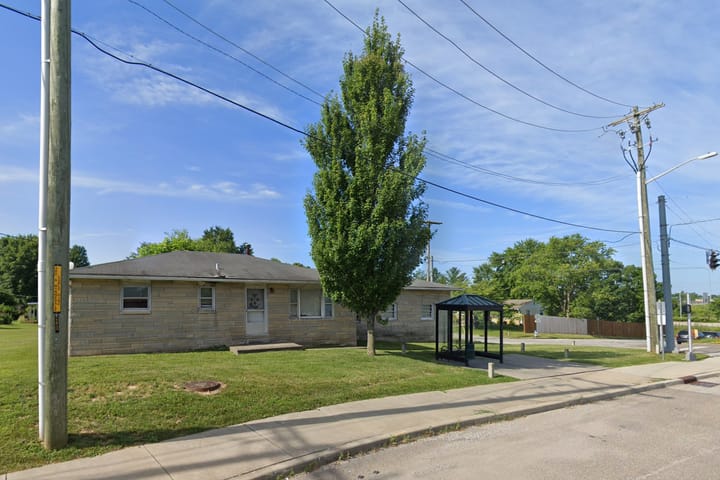
Comments ()